Our family had been touring around Europe for a few months (thanks to AutoFrance’s Open Europe program) when we found ourselves faced with the longest leg of our journey yet. The drive from Brussels, Belgium to Berlin, Germany–a distance of more than 750 kilometers (nearly 470 miles) would take upwards of seven hours, even on the legendary German Autobahn.
No one in the family was looking forward to spending that much time cooped up in the car, so we started searching around for a suitable mid-point to break up the drive. And that’s when we stumbled across Phantasialand, a theme park near Brühl, Germany that’s a mere two-hour drive from Brussels.

And while a visit to a theme park certainly blew our daily travel budget in a big way, we decided this would be worth it. We’d passed on a visit to Disneyland Paris because of the high price tag, but the cost of a day at Phantasialand was much less (only €128 compared to Disney’s €290), so we decided it was worth it to have a little fun.
As with the area near any theme park, there are numerous hotel options around Phantasialand, but there are only two connected directly to the park that enhance your visit–the four-star Chinese-themed Hotel Ling Bao and the slightly less extravagant (three-star) African-themed Hotel Matamba.
We booked a night at Hotel Matamba mainly because it was the less expensive of the two (but still a bit spendy at around €250). As promised, the whole hotel is done up like an African village. (In some cases the decor went a bit overboard with its depiction of native people, making our American family a little uncomfortable).
The rooms were quite nice and family-friendly. There’s a space for the parents to sleep and a separate alcove with a bunk bed for the kids. Breakfast was included with the room–and what a breakfast it was. Served buffet-style, it offered pretty much any breakfast food one could imagine, including some African choices. The kids’ only section was particularly enticing with bowl upon bowl of overflowing gummi candies and other sweets. There were pancakes and eggs available, too, if any children were interested in more traditional breakfast food. After we finished our big breakfasts, we headed off to explore the park.
Like many theme parks you may have visited, Phantasialand features five thematically distinct areas: Deep in Africa, Mexico, Mystery, 1920s Berlin, and China Town–each of which has its own set of rides ranging from easygoing diversions for the kids to harrowing roller coasters for the daredevils in the family.
1920s Berlin
In the 1920s, the city of Berlin was a playground for Europe’s rich and famous, and now you can relive those glory days in this section of the park–the first area most people see when they enter.
Our first experience was a journey into Hotel Tartüff, a period-appropriate fun house. At first I thought it was going to be like Disney’s Haunted Mansion, but after the initial elevator ride (where a televised man yells at the riders in German before running off, laughing maniacally), it was a straight walk through a hotel gone crazy. A path took us through all sorts of offbeat rooms (upside-down room, spinning plate room, malfunctioning bathroom) that came alive as we entered. There was even a point in the glass-and-mirror-lined maze room where we really did get lost.
When we managed to escape from the confines of Hotel Tartüff, we wandered over to Maus au Chocolat, an interactive 3D ride where endless hordes of mice have taken over the Imperial Cake Factory. Your job is to help the famous mouse hunter Oskar Koslowski deal with the problem.

The ride takes you and your fellow exterminators around a fixed track in customized cars, earning points as you shoot the irritating 3D mice with a weaponized pastry bag. Of course the mice are shooting back. It was such great ride, we rode it twice, and my youngest daughter beat everyone else both times (and we’re still hearing about that).

Then we hit up a few turns on the Wellenflug before moving on to the park’s Fantasy section.
Fantasy
This section is designed around a mystical race of fairy creatures called Wuze and their warrior queen Winja. We didn’t see any of the Wuze as we walked around, but much of this section is meant for younger park-goers, with a good many age-appropriate rides here, especially inside Wuze Town.
Although we didn’t venture into Wuze Town, we did ride some of the other rides in the area, like Race for Atlantis, which was pretty much a copy of the ride that used to be at Caesars Palace in Las Vegas, right down to the pre-ride movie featuring the antics of Michael Jeter (of Elmo’s Playhouse fame) dressed up in Atlantean garb. We also rode Hollywood Tour, hosted by an ancient animatronic Alfred Hitchcock. The ride was very much in the style of Disneyland’s Pirates of the Carribbean, but it floated through generic miniature movie sets instead of pirate scenes. We followed that up with a quick spin on Temple of the Night Hawk, a Space Mountain-style roller coaster. These last three rides were some of the oldest in the park and were definitely showing their age.
The best ride in Fantasy by far is Winja’s Fear & Force, a roller coaster that, after an initial drop, zips along a circular track while the car spins around on its axis. It was great vertigo-inducing fun.

Mexico
The Mexico section of the park was created in the model of ancient Aztec and Mayan temples, but in some places it looks a lot like a street in a Mexican village.
Mexico is home to Talocan, the park’s craziest ride. It’s a top-spin roller coaster that looks absolutely horrifying. At least my wife and I thought so; the kids thought it looked like a blast. We didn’t ride it, but I managed to capture a little of the action on my phone, so judge for yourself.
Mexico is also where you can find Chiapas DIE Wasserbahn, a six-minute log flume ride boasting the world’s steepest drop that ends in a big splash. We didn’t want to get wet (it was a little chilly when we visited), so we passed on this one too.
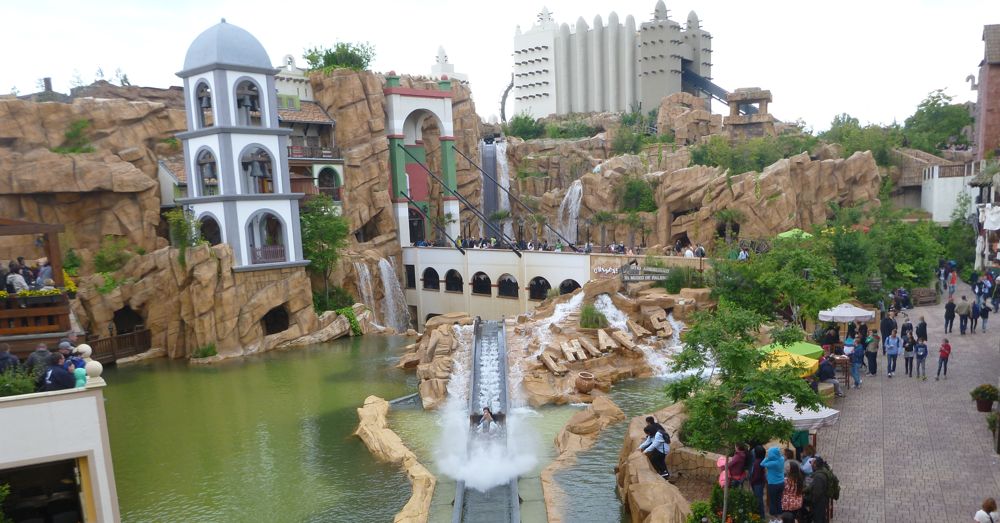
We did ride the strangely named (for being inside Mexico, anyway) Colorado Adventure, a gold-rush era mine-themed roller coaster that was quite reminiscent of Disneyland’s Big Thunder Railroad.
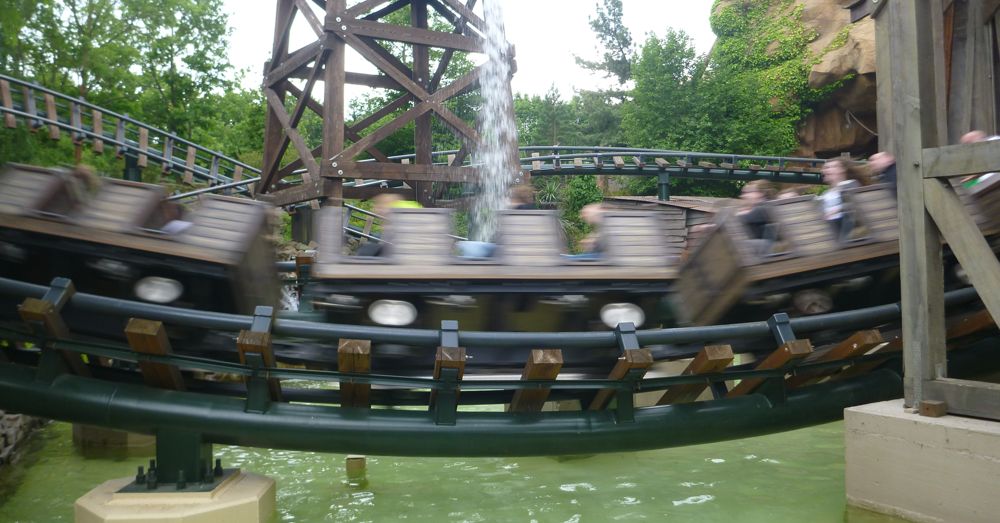
Deep in Africa
Designed to look like the “heart of Africa,” this was one of the more confusing sections as we tried to navigate through the maze of mock sandstone columns and around displays of faux native African art. The central showcase here is the Black Mamba, an inverted roller coaster like Six Flags Magic Mountain’s Batman: The Ride (the two rides were both developed by the Swiss firm Bolliger & Mabillard).
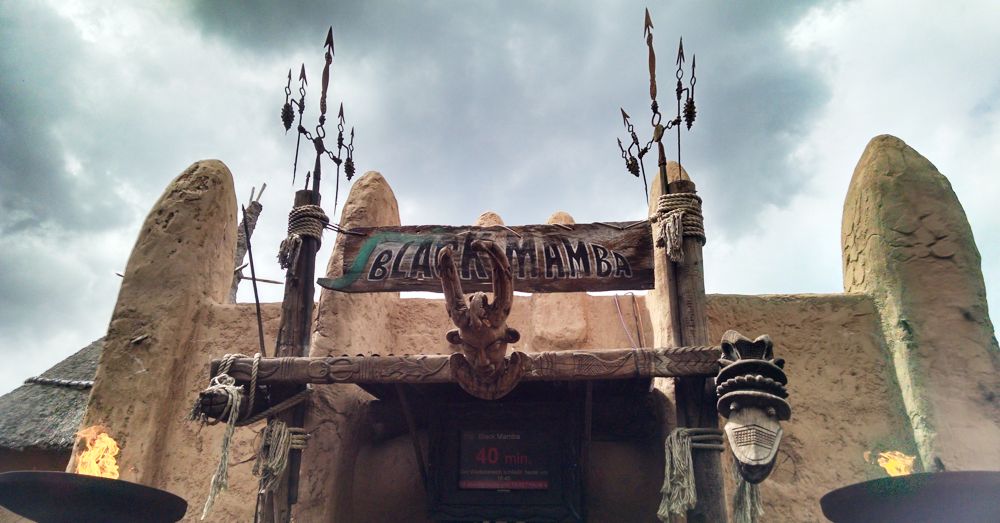
Somehow my daughter convinced me riding this would be a good idea. During the ride, we spent more time upside-down than we did right-side up, and when it was finally over I learned that I wasn’t quite the thrill-seeking rider of coasters I was in my youth.
China Town
The China Town section is filled with pagodas, Chinese acrobats, and even a few large Buddha statues.
Here we took a ride on the Geister Ricksha, a haunted underground ghost train that is almost identical to the cars in Disneyland’s Haunted Mansion. We also visited the Feng Ju Palace, another of the park’s twisting funhouse attractions. But, unlike Hotel Tartüff, which throws you right into the action, this one started with a really long story to set up what was going on–some sort of battle between good and evil. But we don’t speak German, so a lot of it was a mystery to us.
Mystery
This is the smallest section of the park, and there’s not much to it, even thematically. It only has two rides–Mystery Castle, a free-fall drop of 65 meters (more than 200 feet), and River Quest, a white-knuckle ride through whitewater rapids in a bat-shaped boat (another one of those rides we passed on in the interest of staying dry).
Dragons
The park is also home to a group of dragons, mysterious beasts who make random appearances to the delight of the children who see them. There are five dragons, one for each section of the park, who make their homes in Phantasialand: Drago (Berlin), Phenie (Fantasy), Quetzal (Mexico), Kroka (Africa), Wang (China Town), and Schneck (Mystery).

Every so often, if you’re paying close attention, you can find these reclusive beasts roaming around their territory and get a photo with them. We only saw one (Quetzal) during our time there, even though we were keeping a close eye out for the others. They’re quite rare, it seems, and I think it is a challenge to find all five on the same visit.
Also, like many theme parks, you’re sort of captive when it comes to meals. So, when the park closed and it was time for dinner, we went back to the Zambezi Buffet, and, much like breakfast, the array and amount of available food was staggering. At one point during dinner, the restaurant was taken over by a group of dancers and drummers wearing native (that is, African) dress who went from table to table encouraging diners to dance with them.
Visiting Phantasialand was a lot like visiting any theme park in the United States, but with signs we couldn’t read (this proved to be a little problematic when we queued up in line for some rides) and words we couldn’t understand (although many Germans speak great English). Then there was the prevalence of people smoking in the park, which was a bit jarring because we weren’t used to it, and a lot of people brought their dogs with them, which seemed like a really strange choice.
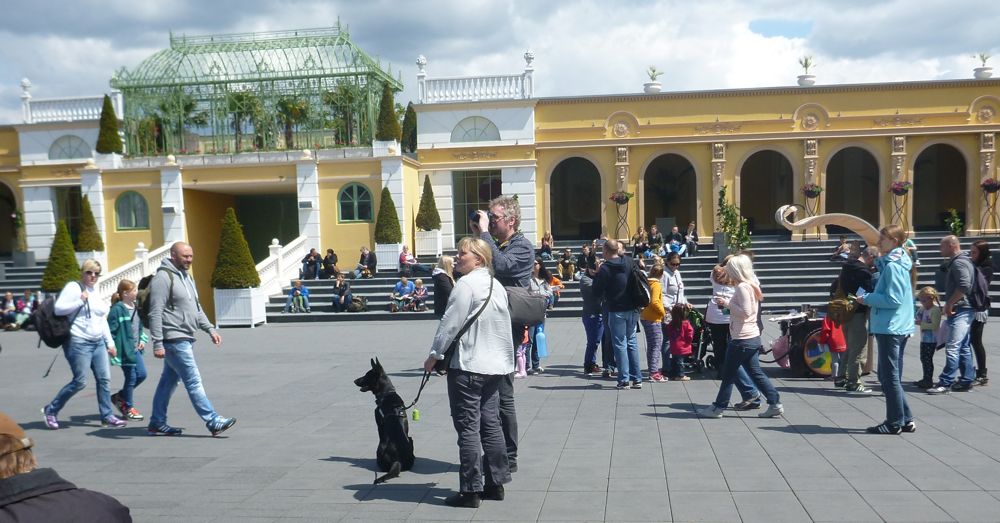
But despite these cultural differences and oddities, we had a heck of a lot of fun at the park. So, if you happen to be near Brühl, Germany on your next trip to Europe, a visit to Phantasialand is worth a it.
All photos by the author, except where noted. Park map in the cover image courtesy of Phantasialand.
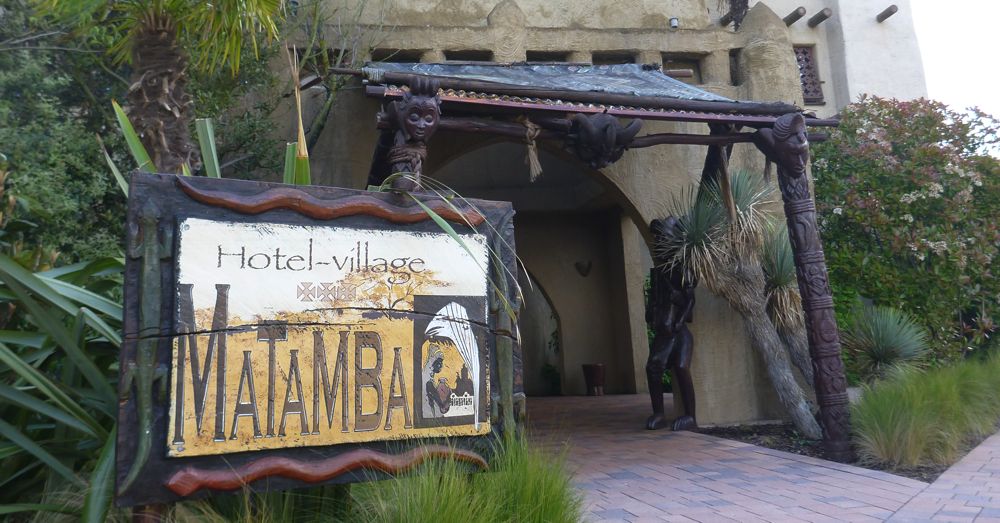
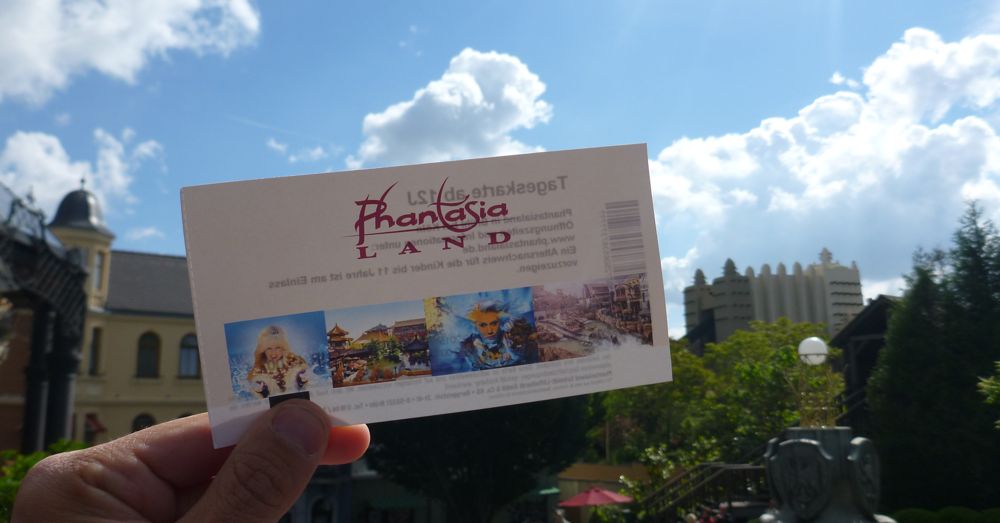

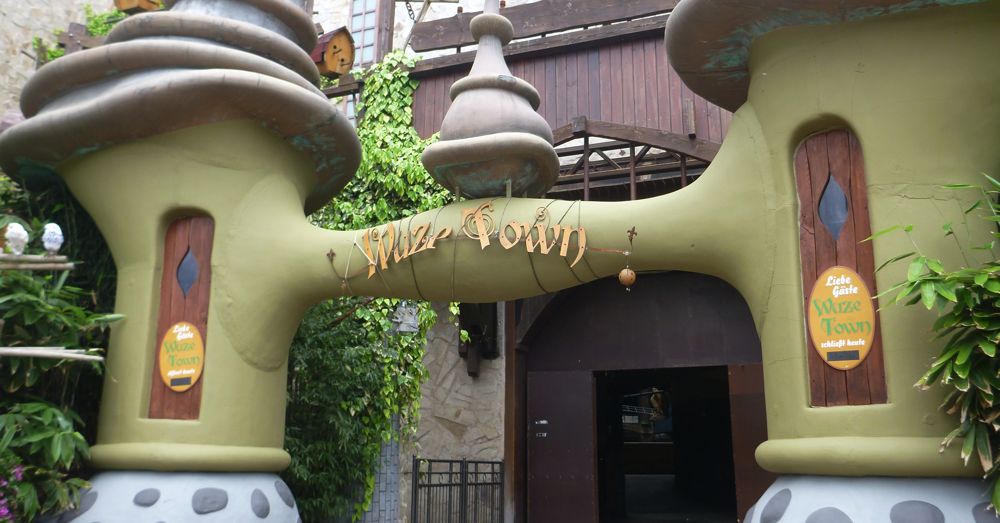


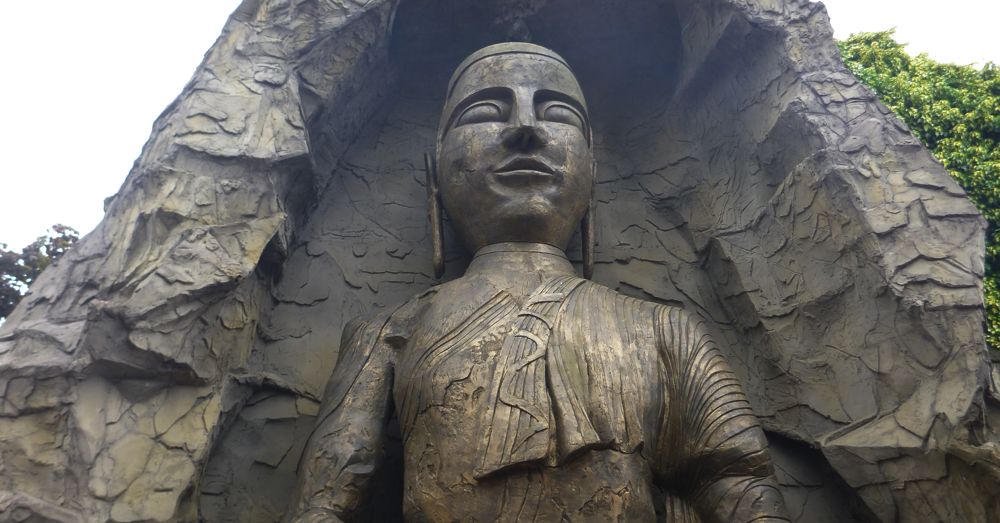

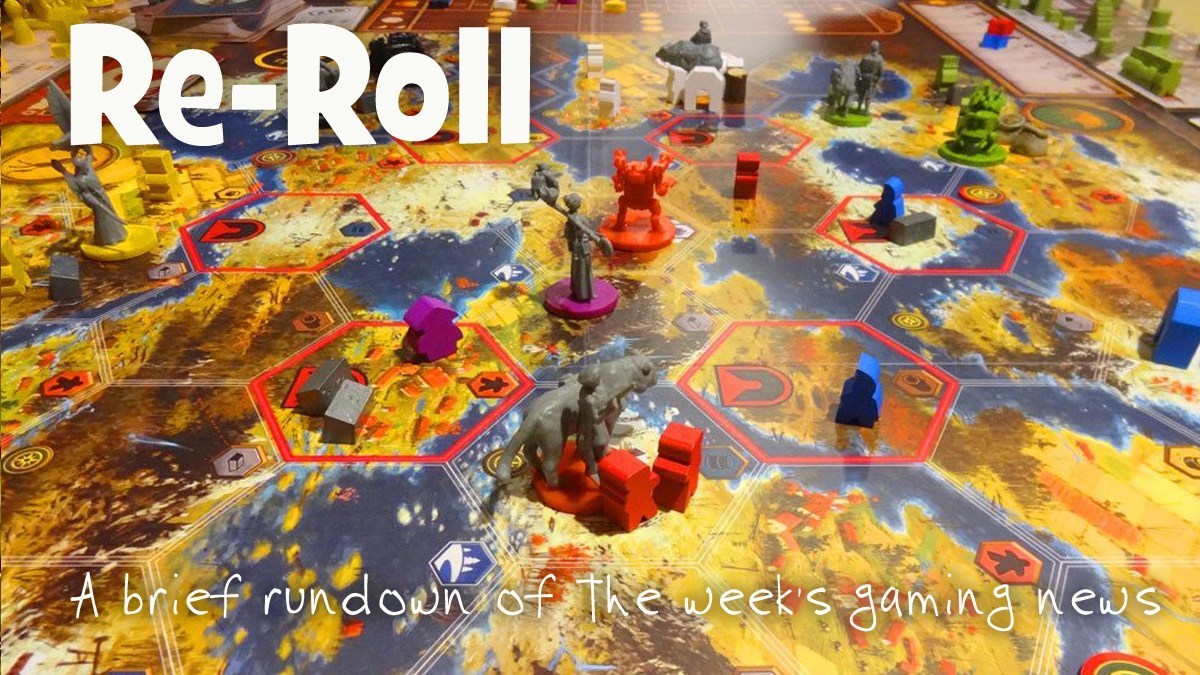
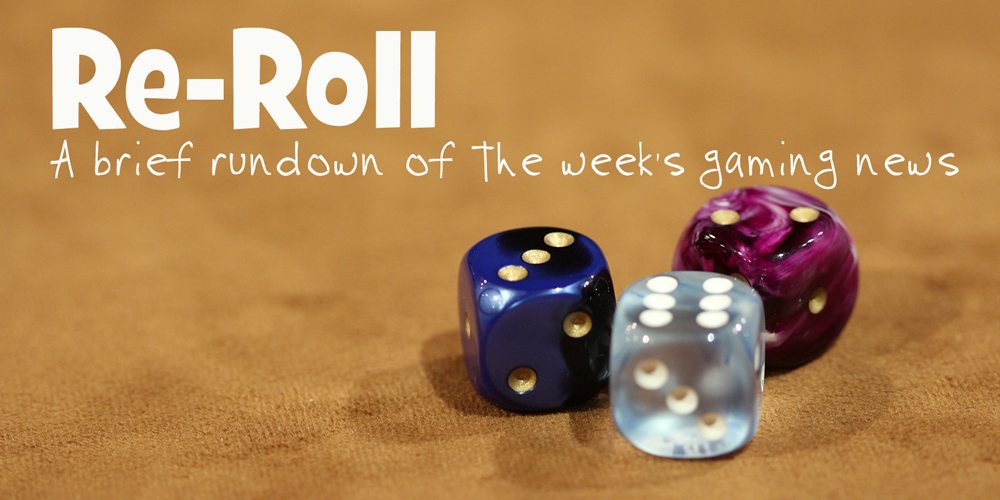
The theme park Phantasia land is a very fun and interesting place to go to. Considering that there’s a lot of rides and there are tons of thrilling places on it. We will surely enjoy being here with the whole family.
You should have seen the new Klugheim area, greatly extending the Mystery themed area in summer of 2016, replacing the old, American “Wild West” themed Silver City. Klugheim is a dark, loosely medieval town, reminiscent of the Hogsmeade village in Harry Potter, decorated with a bizarre setting of dark basalt rock pillars. It’s filled with the black, spaghetti-like tracks of the Taron high-speed roller coaster, and the smaller Raik coaster. They even selected plants, grass and trees with black or dark red colors.